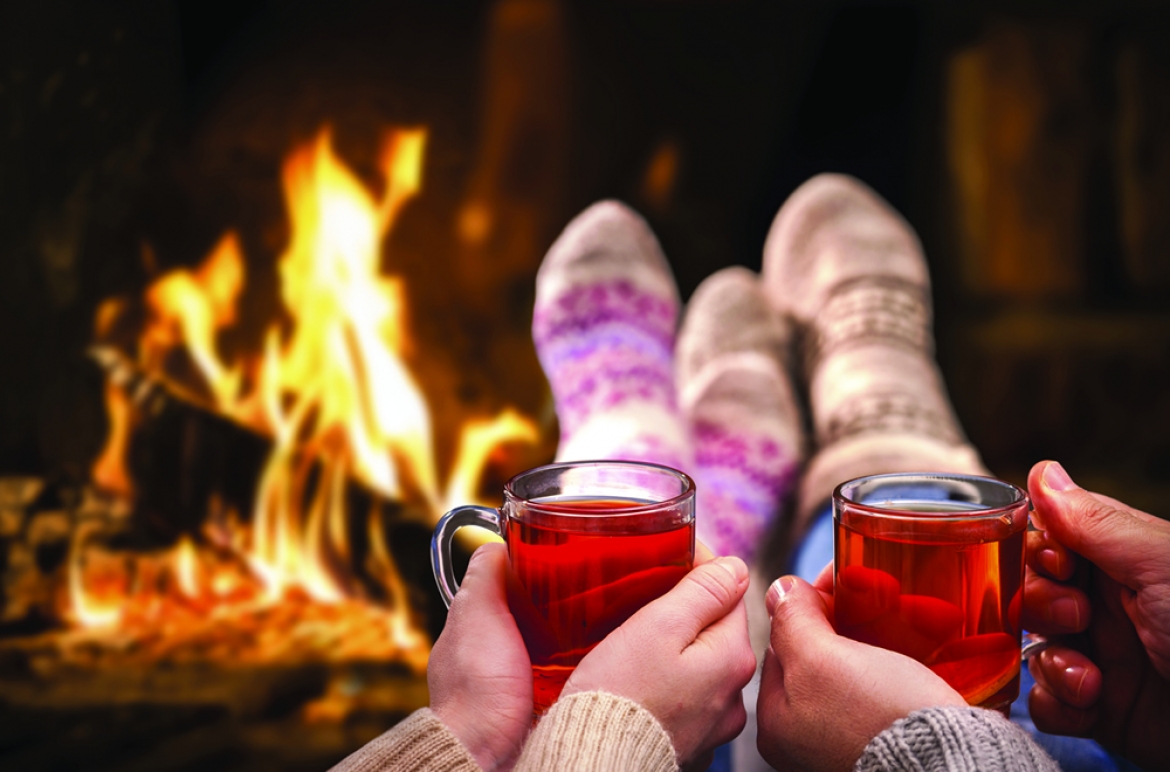Fireplaces and wood-burning stoves not only can be beautiful focal points within a home, but they also provide an additional source of heat and can be used to keep rooms or entire homes comfortable without the need for additional and potentially costly heating sources.
Just like more modern home heating systems, stoves and fireplaces need to be maintained, and that maintenance includes readying them before winter when they are used more heavily. Ensuring a fireplace or stove is in good working order helps to guarantee efficiency of use and safety during the winter months.
Open-flame heating sources carry with them certain risks. The National Fire Protection Association states that, between 2009-2013, American fire departments responded to 56,000 home structure fires that involved heating equipment. The NFPA notes that the leading factor contributing to home-heating fires is a failure to keep things clean, principally from solid-fueled heating equipment. The following are a handful of ways to stay safe as you get ready for another cozy season around the fire.
- Start with the chimney. Begin by having your chimney thoroughly cleaned and inspected. Creosote can build up inside of the chimney. Creosote is highly flammable and becomes more difficult and expensive to clean the longer it builds up inside your flue lining. In addition, animals may have created nest inside of the chimney since the last time the fireplace was used. A professional chimney sweep should be hired in this situation. He or she will be able to effectively clean the chimney in a manner that is the least messy and disruptive to residents.
- Install or check smoke and carbon monoxide detectors. Operational alarms are essential to preventing injury or death resulting from smoke or carbon monoxide inhalation. Such detectors are inexpensive safeguards that should be installed on every floor of the house. Batteries should be replaced every six months, and the alarms themselves should be changed every five to 10 years.
- Inspect the chimney from outdoors as well. Inspect the mortar around any bricks in the chimney and surrounding areas for cracks. If left unaddressed, these can cause dangerous fires. If there are serious cracks, a professional may need to make repairs or the chimney may need to be replaced. You also can have the chimney capped with a screen to keep animals and debris from entering.
- Inspect the damper. A damper is a valve or plate that stops or regulates the flow of air inside a chimney. It should be checked prior to the first use of a stove or fireplace so homeowners can be certain it opens and closes smoothly.
- Clear out flammable items. Move flammable items away from the front of a fireplace or stove. Be sure curtains or other home furnishings are far enough away that they will not catch fire from any errant sparks or flames.
- Order wood now. Be sure there is plenty of wood for the season. Ask a wood supplier to estimate just how much will be needed, and double-check that the wood will arrive in time for the start of the season.
By preparing for fireplace and wood stove use now, homeowners can ensure their winters are comfortable and safe.
